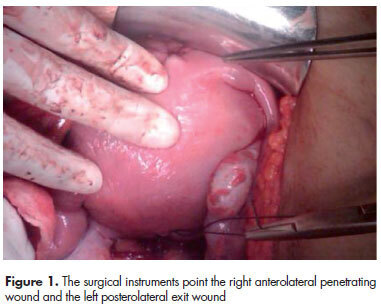Summary
Revista Brasileira de Ginecologia e Obstetrícia. 2016;38(6):308-313
Pathophysiological mechanisms of peripartum cardiomyopathy are not yet completely defined, although there is a strong association with various factors that are already known, including pre-eclampsia. Peripartum cardiomyopathy treatment follows the same recommendations as heart failure with systolic dysfunction. Clinical and experimental studies suggest that products of prolactin degradation can induce this cardiomyopathy. The pharmacological suppression of prolactin production by D2 dopamine receptor agonists bromocriptine and cabergoline has demonstrated satisfactory results in the therapeutic response to the treatment. Here we present a case of an adolescent patient in her first gestation with peripartum cardiomyopathy that evolved to the normalized left ventricular function after cabergoline administration, which was used as an adjuvant in cardiac dysfunction treatment. Subsequently, despite a short interval between pregnancies, the patient exhibited satisfactory progress throughout the entire gestation or puerperium in a new pregnancy without any cardiac alterations. Dopamine agonists that are orally used and are affordable in most tertiary centers, particularly in developing countries, should be considered when treating peripartum cardiomyopathy cases.
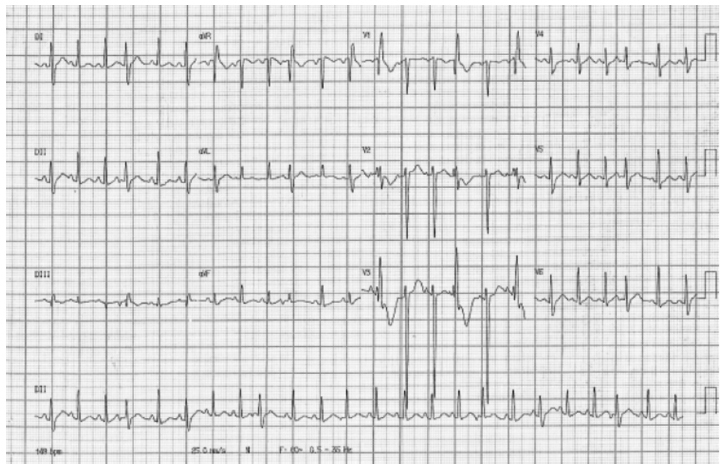
Summary
Revista Brasileira de Ginecologia e Obstetrícia. 2016;38(2):112-116
Lobular carcinoma in situ (LCIS) is associated with an increased risk of breast cancer and accounts for 1 to 2% of all breast cancers. LCIS diagnosis currently remains one of the major identifiable risk factors for subsequent breast cancer development. Imaging methods are becoming increasingly sensitive, and the consequent detection of small lesions and subtle abnormalities increases the chance of detection of in situ and invasive carcinomas, leading to a reduction in mortality. This report describes a case of a palpable complaint with abnormal imaging findings, including a solid LCIS mass.
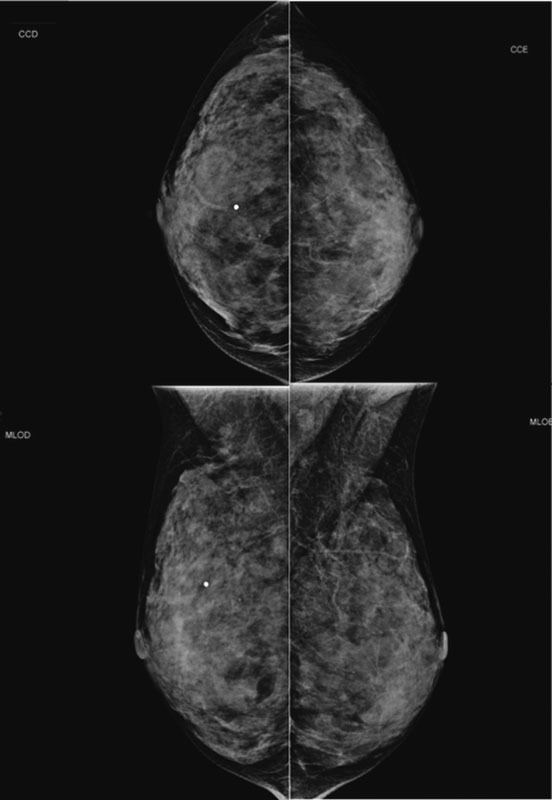
Summary
Revista Brasileira de Ginecologia e Obstetrícia. 2014;36(8):377-380
DOI 10.1590/SO100-720320140005019
Renal angiomyolipoma is a benign tumor, composed of adipocytes, smooth muscle cells and blood vessels. The association with pregnancy is rare and related with an increased risk of complications, including rupture with massive retroperitoneal hemorrhage. The follow-up is controversial because of the lack of known cases, but the priorities are: timely diagnosis in urgent cases and a conservative treatment when possible. The mode of delivery is not consensual and should be individualized to each case. We report a case of a pregnant woman with 18 weeks of gestation admitted in the emergency room with an acute right low back pain with no other symptoms. The diagnosis of rupture of renal angiomyolipoma was established by ultrasound and, due to hemodinamically stability, conservative treatment with imaging and clinical monitoring was chosen. At 35 weeks of gestation, it was performed elective cesarean section without complications for both mother and fetus.
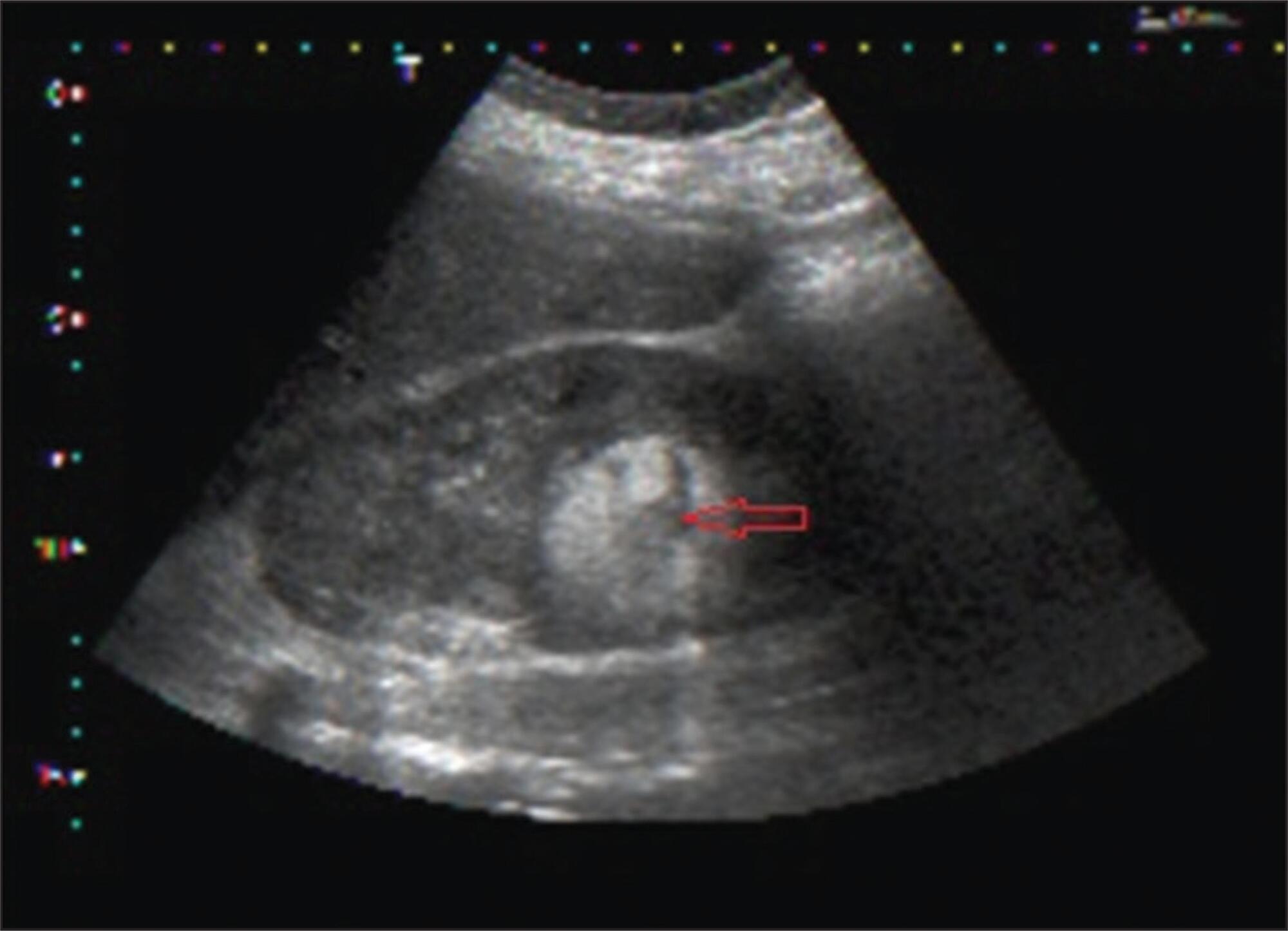
Summary
Revista Brasileira de Ginecologia e Obstetrícia. 2014;36(3):139-141
DOI 10.1590/S0100-72032014000300008
Mondor's disease is a rare entity characterized by sclerosing thrombophlebitis classically involving one or more of the subcutaneous veins of the breast and anterior chest wall. It is usually a self-limited, benign condition, despite of rare cases of association to cancer. We present the case of a 32 year-old female, breast-feeding, who went to emergency due to left mastalgia for the past week. She was taking antibiotics and non-steroidal anti-inflammatory drugs, previously prescribed for suspicious of mastitis, for three days, with no clinical improvement. Physical examination showed an enlarged left breast, an axillary lump and a painful cord-like structure in the upper outer quadrant of the same breast. Ultrasound scan showed a markedly dilated superficial vein in the upper outer quadrant of left breast. The patient was given a ventropic therapy and was kept in anti-inflammatory, with progressive pain improvement. Ultrasound control was performed after four weeks, showing reperfusion.
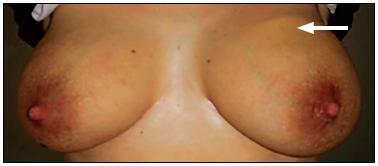
Summary
Revista Brasileira de Ginecologia e Obstetrícia. 2013;35(9):427-431
DOI 10.1590/S0100-72032013000900008
Crime and violence have become a public health problem. Pregnant women have not been the exception and gunshot injuries occupy an important place as a cause of trauma. An important fact is that pregnant women, who suffer trauma, are special patients because pregnancy causes physiological and anatomical changes. Management of these patients should be multidisciplinary, by the general surgeon, the obstetrician and the neonatologist. However, even trauma referral centers could neither have the staff nor the ideal training for these specific cases. In this context we present the following case.
